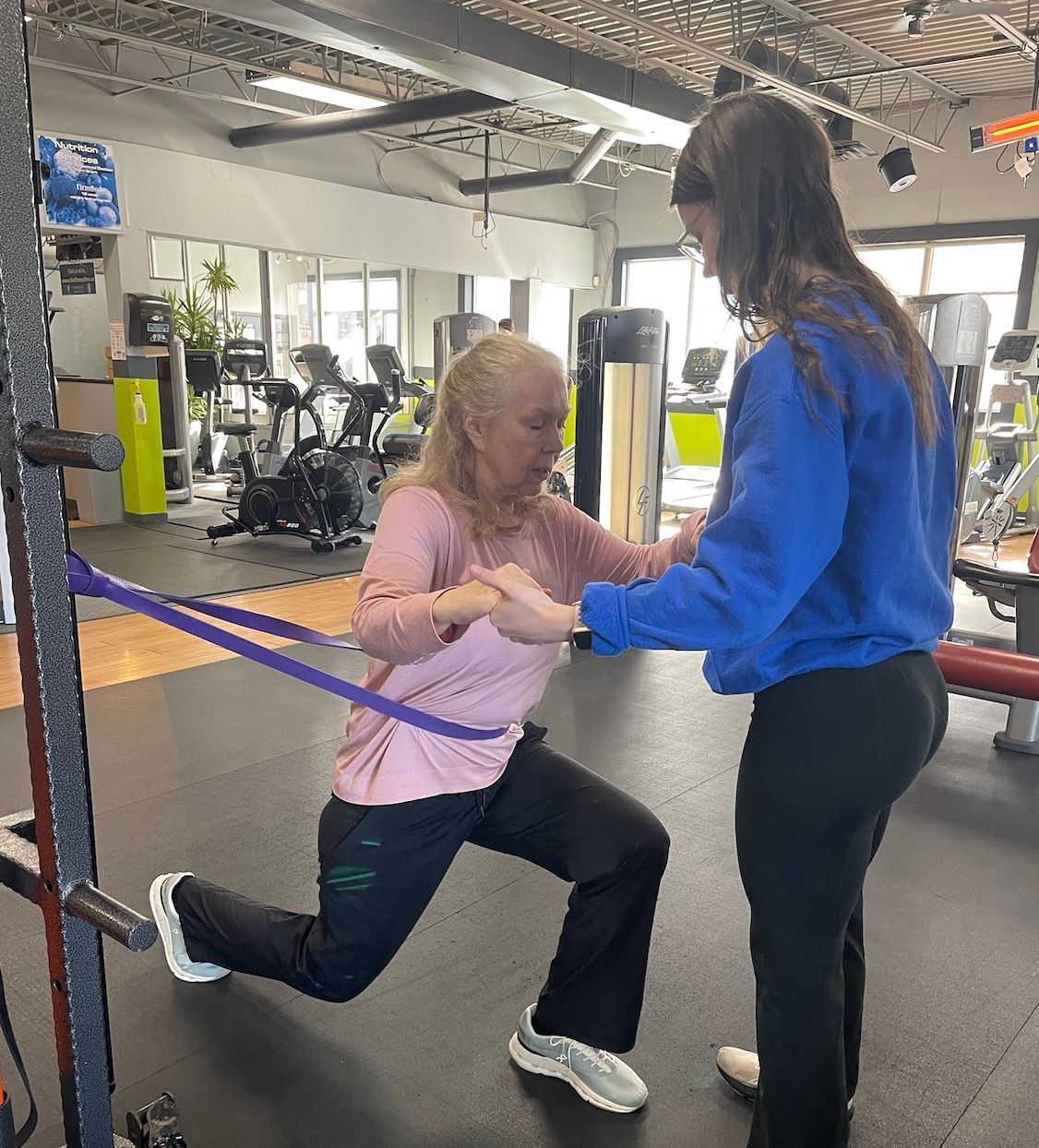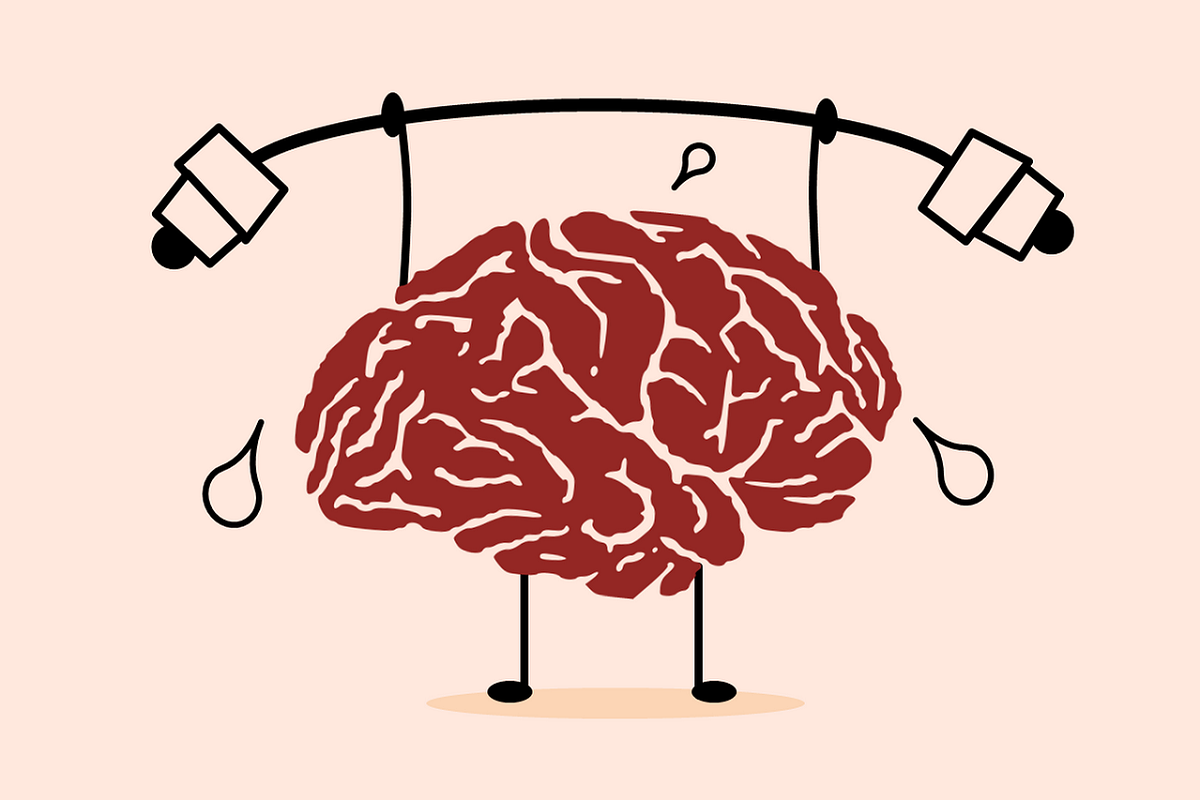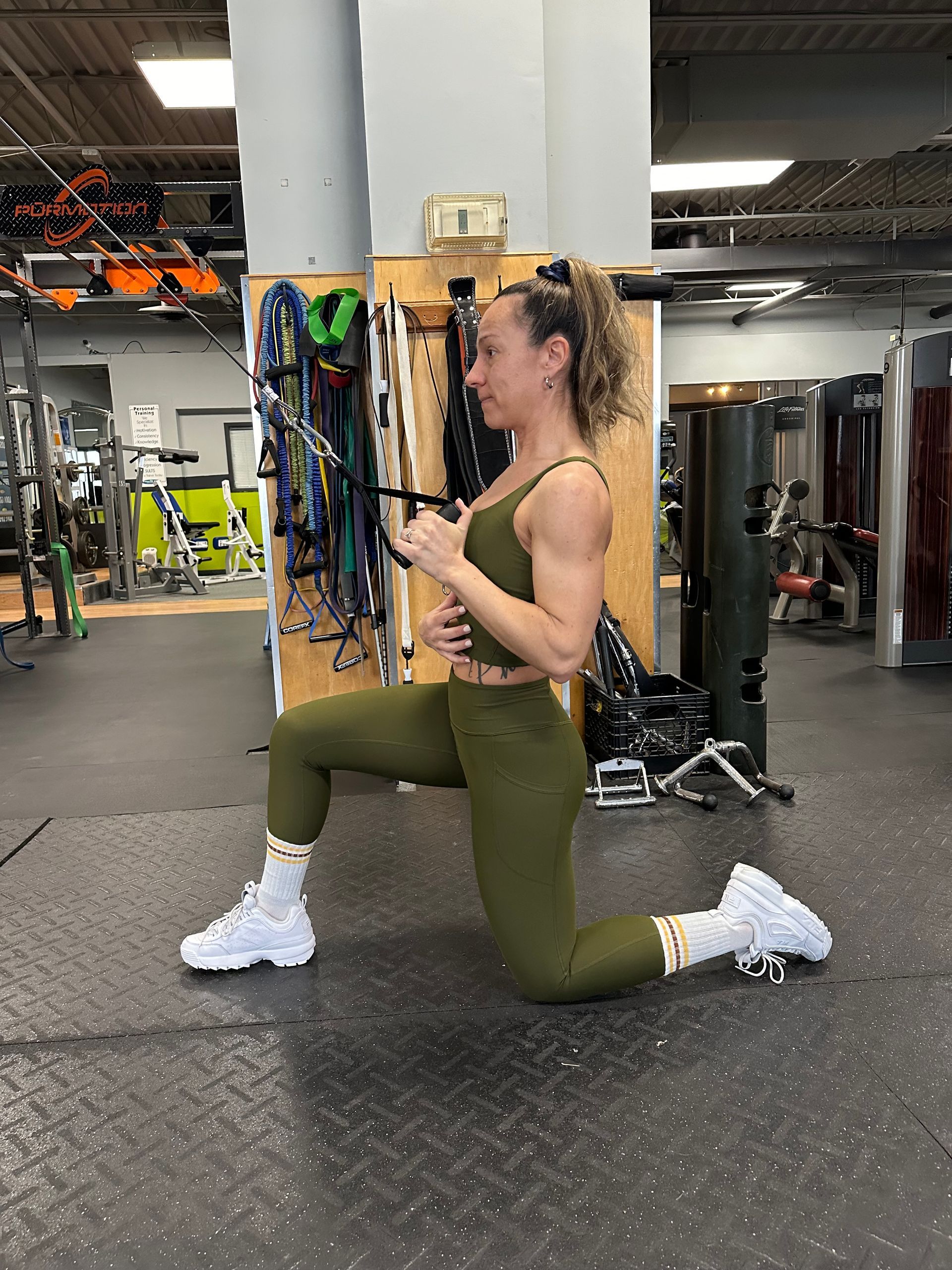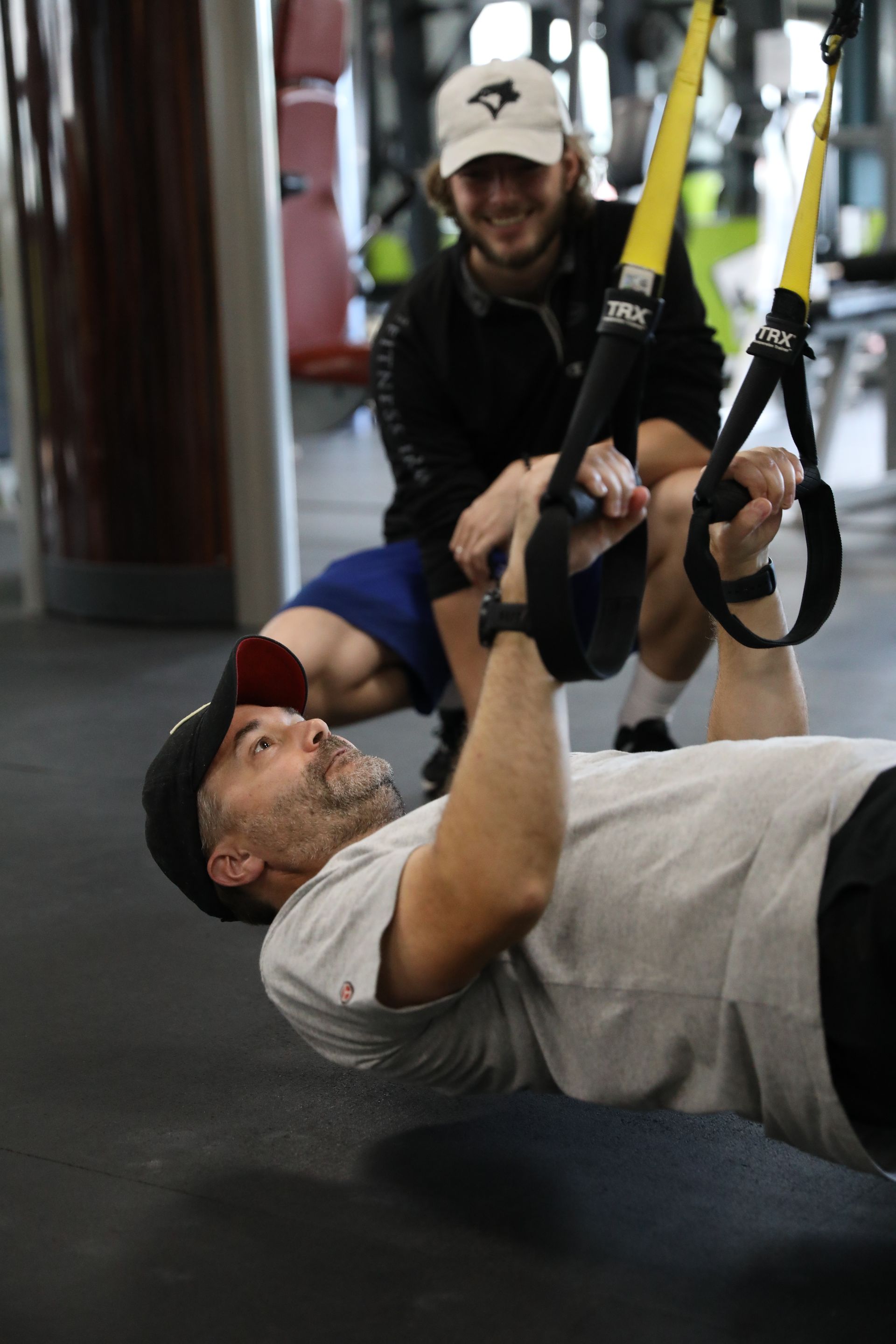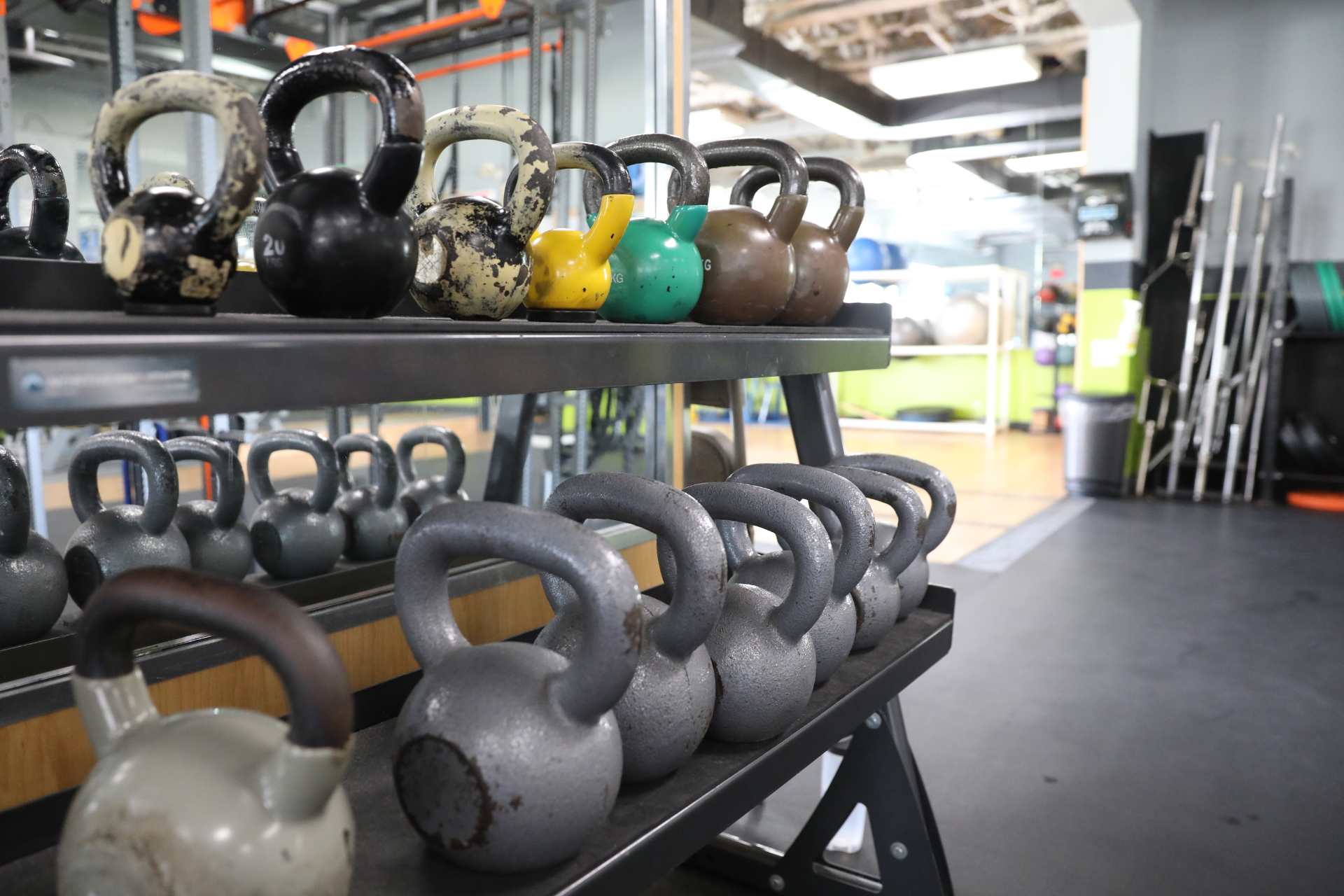How Strength Training is a Game-Changer for Youth Development

Is it safe for my kids to start lifting? That’s a question many parents ask themselves when their child becomes actively involved in sports and physical fitness. It is no surprise that athletes and non-athletes alike may show an interest in strength and resistance training for various reasons, such as improving athletic performance or building a physique. Intrigued by what off-season training can do to the body, preadolescent athletes and parents may look to strength and personal training as a viable means of maintaining stability. Strength training moves beyond what typical conditioning might look like during the school year. This might mean doing cardio regularly for a track and field athlete, but it neglects strength training to develop arm muscles, which are needed to pump your body during sprints.
Muscle building: What should I keep in mind?
A curated resistance and weight training program that is supervised and monitored by a licensed trainer can improve not only their strength, but also a child’s bone density, lipid profiles, fat-free mass, balance and personal self-esteem (National Library of Medicine, 2009). It’s important, however, to ensure that the child’s cognitive, physical and social maturity are at a level in which they can safely participate in a strength training program. While there is no minimum age for participation, children must be able to follow directions and have adequate balance and kinesthesia awareness, which means they understand how the body is designed to move, and in which ways it is not. Children should also discuss the dangers and inherent risks associated with anabolic steroids with a healthcare professional or trainer, and be strongly discouraged from abusing such substances. Steroids are an ever-growing concern amongst young athletes seeking to gain a competitive edge, often without them knowing what kind of irreversible damage these substances can have on the body (National Library of Medicine, 2009).
What to Include in a Youth’s Training Program
A successful weight training program for youth that is designed to build muscle should always begin with a warm-up. This only needs to be for about 5-10 minutes, but this gives the body ample time to increase body temperature and blood flow to all muscle groups (National Library of Medicine, 2009). The workout should always conclude with a cooldown, which allows the body a chance to stretch out and recover before the child goes on with their day, preventing injury and ensuring that no muscle is injured after the training session. A youth training program that seeks to build muscle should encompass multiple types of resistance, these can include: free weights, battle ropes, medicine balls and weight machines, as all are great options. Free weights should be approached with increased supervision as they require developed balance and coordination to ensure the movement is performed correctly, as an incorrect weight or movement path can lead to injury. For every session, 6-8 exercises are recommended to train a major muscle group, which includes the chest, back, shoulders, legs and arms, with an emphasis on core stability and lower back mobility where applicable. Children should stay within a repetition range (the number of times they can perform the exercise under resistance) where it can be completed with some fatigue but no muscle failure. If a child cannot perform a minimum of 10 repetitions per set of an exercise, they should reduce the weight as it is most likely too heavy (National Library of Medicine, 2009).
Myth Busting- Does Strength Training Adversely Affect My Child?
No, strength training does not pose a greater risk to youth than participating in athletics at a school or in a league, as long as a trainer or certified athletic staff member is monitoring their proprioception while performing movements under resistance. Preventive exercises that are performed under supervision can target muscles that are overused in certain sports, putting that area at a higher risk of a tear or a break. A prime example of this would be the rotator cuff and scapular muscles, which are used extensively in baseball, where a throwing motion is repeated on a consistent basis. Strength training as a whole works to ensure that flexibility is maintained with exercises that use the full range of motion. One of the most devastating injuries an athlete can experience is an ACL tear, which can bench an athlete from playing and practicing anywhere from 6-12 months (Uchealth, 2021). With this in mind, strength training for the lower body paired with plyometric movements may reduce the incidence of ACL injuries within sports, especially in girls, due to several biological and anatomical factors (Orthop, 2016, National Library of Medicine).
As a whole, it's important to recognize the integral role that strength training plays in the safe improvement of athletic abilities in youth, while also working to reduce the proneness to injury. With the health benefits far outweighing the potential risks, especially in today’s society, children should never be discouraged from engaging with a training program that can prevent many long-term injuries that occur when muscular strength is not developed.
By: Stephen Morgunov
Stephen Morgunov is currently completing his fifth year of a Bachelor of Education at Brock University. He is passionate about helping others grow, both in the classroom and beyond. With a strong belief in the value of personal development, Stephen strives to inspire others to challenge themselves and find confidence through effort and consistency. Although his teaching focus is on the primary grades (1–4), fitness plays a major role in his life and philosophy. Writing about the benefits of strength-based training for youth athletes and non-athletes alike reflects Stephen's broader passion for helping young people build healthy habits, resilience, and self-belief early in life. Whether in the gym or the classroom, he aims to leave a positive mark by encouraging everyone to become the best version of themselves.


